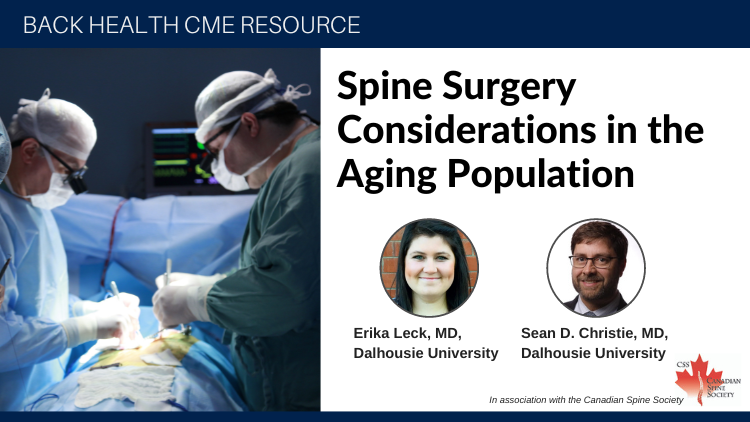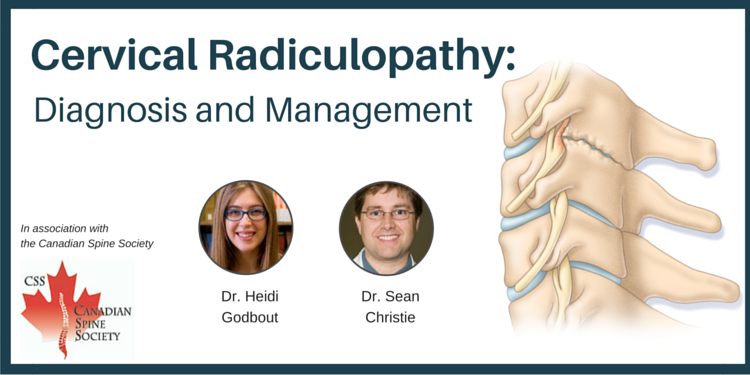1 Divisions of Orthopaedic and Spine Surgery, Sunnybrook Health Sciences Centre, Toronto, ON.
2 Medical University of South Carolina, College of Medicine, Charleston, SC.
3Division of Spine Surgery, Sunnybrook Health Sciences Centre & Department of Surgery, University of Toronto, Toronto, ON.
4Calgary Chronic Pain Center at Alberta Health Services, Calgary, AB.
5Division of Orthopaedic Surgery, Toronto Western Hospital, University Health Network & Department of Surgery, University of Toronto, Toronto, ON.
6Division of Orthopaedic Surgery, Toronto Western Hospital, University Health Network & Department of Surgery, University of Toronto, Toronto, ON.
7Department of Orthopaedics and Physical Medicine, Medical University of South Carolina, Charleston, SC.





